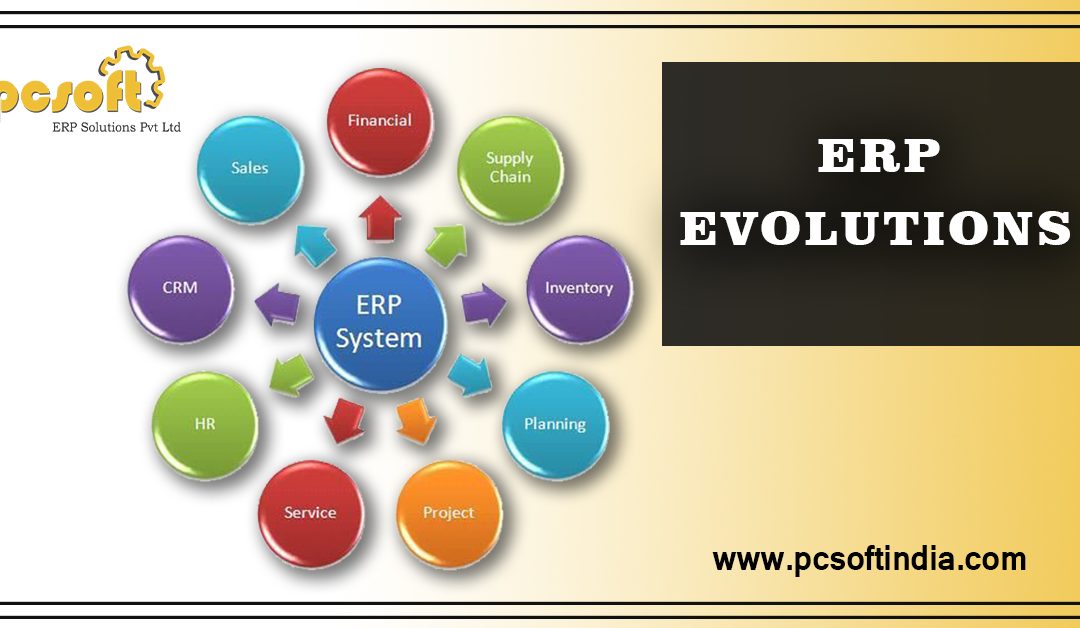The industry has witnessed the evolution of ERP in the recent years, and now it has made great advancements than before. The past half-decade has seen the enterprise resource planning solution (ERP) transforming into adaptable and multi-faceted tools that run the major functionalities in the small, medium and large organizations.
By concentrating on the utility and innovation, developers have managed to make sure that ERP stays sticking with technology and focus majorly on being on social, mobile and the cloud. We can say that right now ERP is more evolved than ever, where users are offered with more inclusive experience than most of their counterparts.
However, this has not always been this way. Previously the implementation of an ERP would be expensive and time-consuming. The newer technologies caused more appeal to the system as they re-engineered the ERP engine. Yet ERP has successfully fulfilled the needs by tying together the software with the changing user requirements, the tools continued to seek the niche in the ground of changing technologies.
The beginning of ERP
ERP systems emerged as the known one in the late 1980s. In the beginning, the system targeted huge organizations and focused majorly on finance and accounting. Despite being complex and expensive ERP was still a powerful tool.
ERP was intentionally designed to work as an off-the-shelf solution and take place of the company specifics for the in-house systems, that emerged the challenges of collaboration and data management. The ERP began and still serves as n multi-module trading packages that are best to craft and add ‘add-ons’ as and when required.
However, with the change in technology, the data bulk also increased. This brought the existing ERP systems under great pressure to support various functionalities and smoothen the collaboration. Easy ERP faced challenges when it recognized the importance of open architecture, replaceable modules, personalization and user interfacing.
Appealing to customers
The ERP evolution was not just about the transforming of technology but was more to it. However, the user requirements were varied and needed to be tailored in a single solution. Technology maestro new to the ERP what they can at least achieve by getting on so that they can invest their time in latest tools in order to enter the market and appeal to their business users. However, re-engineered ERP model permits the businesses to consider all of their pain points while supporting the advanced technology.
Next Generation ERP
ERP engine is a major force behind various newer technologies as they are more responsive and more expensive. We cannot deny that modern ERP systems functions in an extremely fancy way. They give the freedom of collaboration and an ease of operation through mobiles, social and traditional platforms. Manageability of Big Data is on a higher level and the credit goes to advancements in the compression, storage and memory expenses. While the distributed computing permits the processing in the real-time and also the analysis of internal and external data feeds. Organizations have reached a better level to earn insight and advantage from the data, creating a return on investment. Increased transparency makes it easy to achieve the oversight of often complex organizational structure, while the ability of automation reduces the administration and drive the efficiencies.
Experts say that the most significant change in the future of ERP is its shift from an automation-based module to agile. Became an adaptable system that can upgrade with the growth of the company and adapt to the changing events.
Getting the right ERP
With the evolution of ERP, the relevant business case has also transformed. Eventually, getting the right solution as per your business needs has become more important. PC Soft offers highly personalized and customized ERPs to manage your business efficiently and smoothly.



